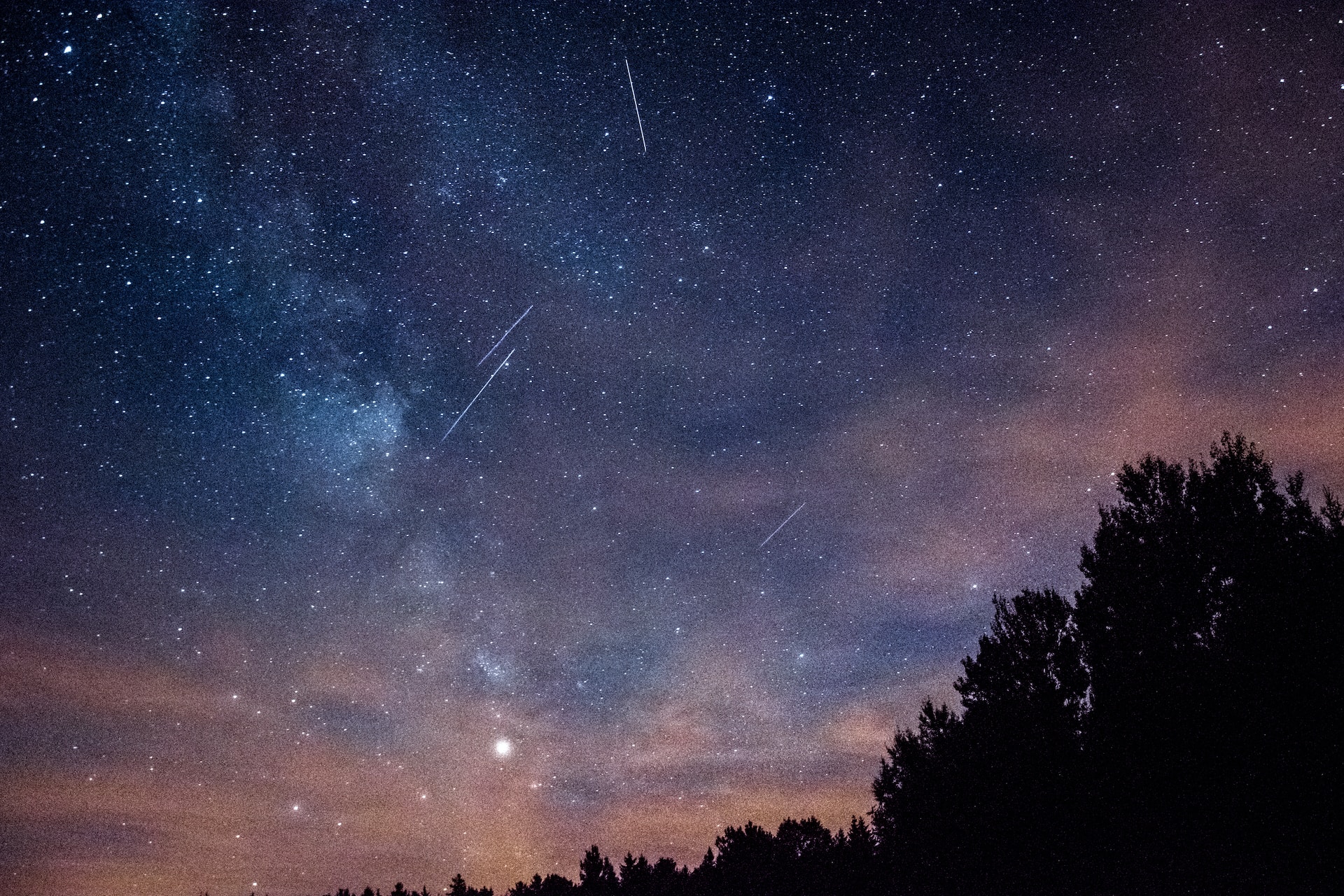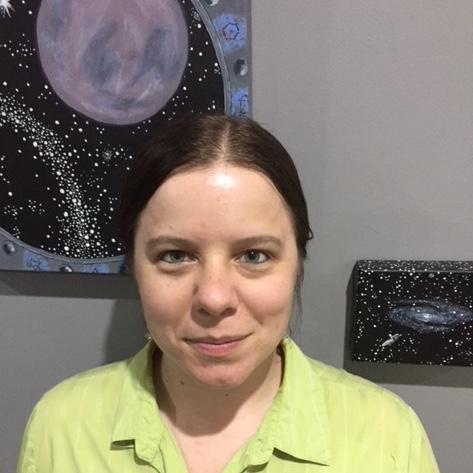
Night skies to deliver winter wonderland of light shows this holiday season
TORONTO, Dec. 8, 2023 – It maybe wintertime, but the night sky is still alight with star gazing possibilities this holiday season, starting with the Geminid meteor shower.
“This winter leading up to the new year looks to be a great one for astronomy. Although it gets quite chilly in Ontario, if you wrap up carefully there are a few events this winter to look forward to,” says York University Assistant Professor Elaina Hyde, director of the Allan I. Carswell Astronomical Observatory, who is available to comment on the last astronomical wonders of 2023.

The first sky-watching spectacle will be the Geminid meteor show, which will peak Dec. 14 and 15, and is considered one of the best displays with as many as 120 meteors (or shooting stars) per hour. It owes its name to the constellation Gemini where the shooting stars seem to originate from.
The Geminids are associated with the asteroid 3200 Phaethon, and when Earth zips through its debris trail, the resulting dust grains appear as shooting stars. There will be many chances to see this one, and although dark skies are recommended for viewing, no binoculars or telescopes are needed.
The winter solstice is up next. Anyone watching the sunrise on winter solstice may notice that the sun is quite far to the south. “This is the southernmost latitude for the sun during the day due to the 23.4-degree tilt of the Earth,” says Hyde. “After the solstice, the sun begins moving north again as it goes across the sky.”
The points between the December (winter) and June (summer) solstices are important for anyone looking to place a sundial in their backyard or solar panels, says Hyde. This year’s winter solstice is marked at 10:27 p.m. on Thursday, Dec. 21 with the solstice sunset at a very easy to catch 4:41 p.m. in Ontario.
The next noteworthy event is on Dec. 26 when what is known as the “Cold Moon” or full moon is in the night sky. It will be at its fullest at 7:33 p.m. in Toronto.
“Since it is the closest full moon to the winter solstice, in ancient times it would be used to mark solstice celebrations. ‘Cold Moon’ is an accurate name for the full moon on the shortest day and is a bit of ancient astronomy we can appreciate in the modern day,” says Hyde.
The full moon occurs when the sun and moon are aligned on opposite sides of Earth. When you see the full moon directly overhead in the sky, the sun is beneath your feet on the other side of the planet. Rising at 4:09 p.m. ET and setting at 7:54 a.m. ET on Dec 26, this full moon will be widely visible for the whole night and well worth gazing through a pair of binoculars, says Hyde.
That rounds up 2023 for astronomical events, but the New Year brings Earth the closest to the sun it can get – called Earth’s perihelion – at 7:38 a.m. ET on Jan. 2, 2024. At that time, Earth will be only 147,100,632 km away from the Sun.
Just into the new year, the Quadrantids meteor shower will begin Jan. 3, 2024, but it’s challenging to see and its peak lasts only a few hours. Interestingly, the constellation it was named for, Quadrans Muralis, no longer exists, says Hyde. Today, the region of the sky to look towards for this meteor shower is known as the Bootes constellation.






